🎙? [Intro – clear and compelling]
"Israel. A small country, with big tensions. Surrounded by adversaries, it developed one of the most unconventional tanks in the world: the Merkava. A tank not built to project power like the Abrams, but to survive—and protect its crew. This is the story of a tank series designed with its battlefield in mind."
History
In the 1960s, as Israel faced constant regional instability and a string of wars, the idea of developing a national main battle tank began to take shape. At the time, the Israeli army relied heavily on imported tanks, particularly British Centurions and American Pattons. While these models were effective, they presented a major strategic limitation: in wartime, Israel was entirely dependent on foreign supplies to repair or replace its armoured vehicles
Shot'kimel (Centurion)

Magach (M60)
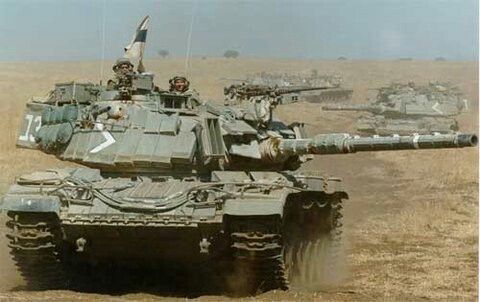
This dependency became critical during the Yom Kippur War in 1973, when Israel suffered heavy losses against Egyptian and Syrian forces, who were well-equipped with Soviet matériel. Soviet-made Sagger anti-tank guided missiles wreaked havoc on Israeli armoured units. The high command realised a vital need: a main battle tank tailored specifically for Israel’s unique combat environment—suited for rugged terrain, ambushes, fast engagements, and close-quarters fighting. Most importantly, it had to prioritise crew protection.
The man chosen to lead this bold project was General Israel Tal (nicknamed “Talik”), a respected armoured warfare strategist and veteran. He proposed a revolutionary design philosophy for the time: the tank should be built around the safety of its crew. It would not just be a weapon, but a mobile shelter, capable of withstanding surprise attacks and evacuating the wounded under fire. One daring idea would set it apart from all others: placing the engine at the front, allowing it to serve as additional armour. At the rear, a compartment would be left open to carry extra infantry or wounded personnel.
Development began quietly in the early 1970s. The project was entirely domestic, with minimal foreign assistance. Led by Israel Military Industries (IMI) and other state-owned enterprises, Israeli engineers started work with limited resources but a strong vision. The first prototype was ready by 1974.
Following extensive testing and refinement, the tank entered official service in 1979, under the name Merkava—Hebrew for “chariot” or “war chariot”. Unlike its Western or Soviet contemporaries, the Merkava was not designed for high-speed manoeuvre warfare in open fields, but for survivability in dangerous, rocky, or urban environments, such as southern Lebanon or the narrow streets of Gaza.
The Merkava saw its combat debut in 1982, during the First Lebanon War. Battlefield reports were telling: the frontal armour withstood hits that would have destroyed other tanks, and crews often survived direct strikes. The rear compartment allowed evacuation of wounded soldiers under fire—something virtually unheard of in Western tank design. Nevertheless, flaws were also noted: its mobility was limited, electronic systems were basic, and the side protection was still vulnerable

Over the following decades, the Merkava underwent continuous development, adapting to new threats and lessons learned from combat. Each new version deepened its core philosophy of survivability and adaptability. Armour became modular and easily replaceable in the field, the engine more powerful, the gun was upgraded to a 120 mm smoothbore, and the turret received full stabilisation and modern fire control systems.
In the 2000s, the Merkava reached its technological peak with the introduction of a game-changing innovation: the Trophy Active Protection System, developed by Rafael. This system could detect, track, and intercept incoming missiles or rockets before they reached the tank—a world first. With Trophy integrated into its latest versions, the Merkava became a mobile fortress, almost invulnerable to conventional anti-tank threats.
To this day, the Merkava remains in active service with the Israeli Defence Forces, particularly effective in urban and asymmetric warfare. Throughout all its evolutions, one thing has remained unchanged: the Merkava represents a unique vision of the modern tank—**not
1. Origins of the Merkava
In the late 1960s, Israel realised it was too reliant on imported tanks—particularly the British Centurion and American M48/M60 Patton.
After the Yom Kippur War (1973), the need for a locally built tank that could withstand the harsh desert terrain and prioritise crew survival became critical.
General Israel Tal ("Talik") led the project. The doctrine?
“Design a tank that protects the crew first. Engine at the front for extra protection, turret pushed back, and a rear ramp for rapid evacuation.”
From that, the Merkava programme ("Chariot" in Hebrew) was born.
2. Merkava Mk I (1979)
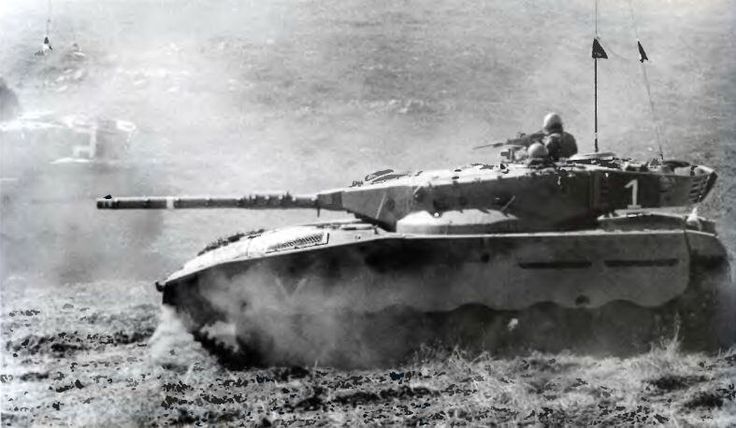
? Key Features:
Engine: AVDS-1790-6A diesel (900 hp), front-mounted
Armament: 105 mm M68 gun (based on the British L7)
Crew: 4
Weight: ~63 tonnes
Armour: Composite, sloped, with the engine acting as added frontal protection
Rear compartment: Carries 1–3 troops or wounded personnel
? Key trait:
First MBT ever designed with wounded evacuation capability under armour—virtually unheard of at the time.
3. Merkava Mk II (1983)

? Improvements:
New gun stabilisation system
Upgraded optics and electronics
Stronger armour (still non-modular)
Cage armour around the engine bay
? Versions:
Mk IIB: Added thermal imaging
Mk IIC: Reinforced turret front
Mk IID: First to receive modular armour, field-replaceable panels
4. Merkava Mk III (1990)
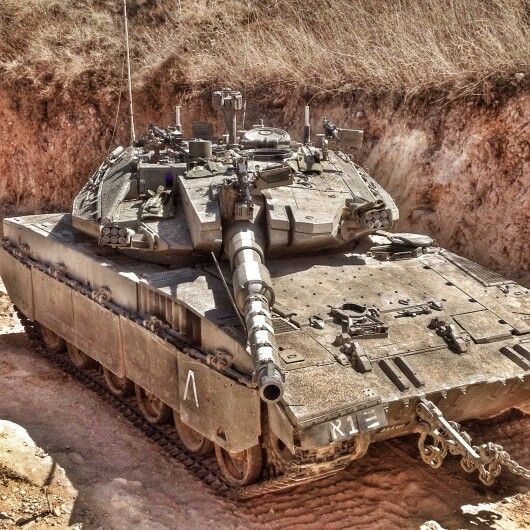
This version brought a major leap in capability.
? Features:
New AVDS-1790-9AR engine (1,200 hp) ? improved mobility
New indigenous 120 mm smoothbore gun
Faster electro-hydraulic turret
Upgrades to crew comfort, protection, and survivability
? Versions:
Mk III BAZ: Upgraded fire-control system
Mk III Dor Dalet: Full 360° modular armour, better mine/IED resistance
##5. Merkava Mk IV (2004 – present)
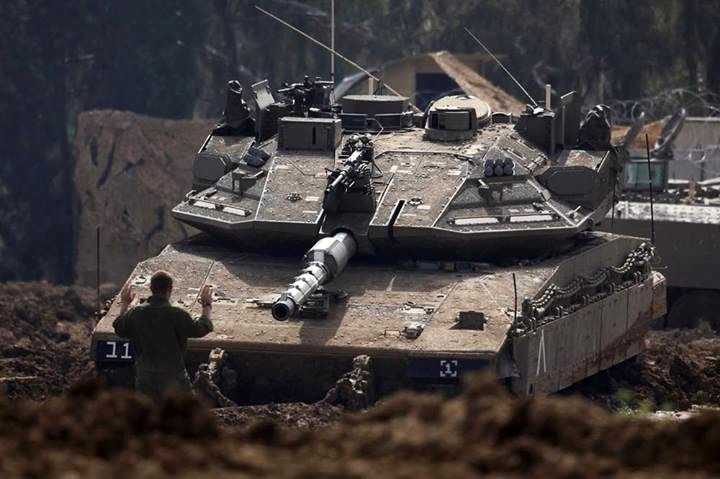
The most advanced version—a total redesign of the system.
? Features:
Engine: MTU 883 (1,500 hp) under licence ? best power-to-weight ratio so far
120 mm smoothbore gun (IMI)
Fully digital battle management and fire-control system
Independent commander's panoramic sight
Direct link to drones and ground units via C4I systems
? Trophy APS (RAFAEL):
An Active Protection System that detects and intercepts incoming ATGMs and RPGs.
The first MBT in the world to field such a system as standard.
? Variants:
Mk IV LIC: Optimised for urban warfare
Mk IV Meil Ruach: Full Trophy integration
6. Combat Record
Merkavas have fought in nearly every major Israeli engagement since their introduction:
Lebanon (1982, 2006)
Gaza conflicts (2008, 2014, 2023)
Urban and guerrilla warfare, asymmetric threats
? Results:
Exceptionally high crew survival rates, even in destroyed tanks
Mk IV with Trophy is among the best protected MBTs globally against ATGMs and ambushes
#7. Doctrine & Design Philosophy
Unlike NATO or Russian doctrines, which focus on projection or mass:
Israeli doctrine prioritises crew survival
Each soldier is highly trained—losing one is a significant cost
The Merkava is not the fastest, but it excels in resilience, modularity, adaptability, and crew protection
"The Merkava isn’t flashy, nor is it fast. But it’s built like a fortress on tracks
Specifications
Spotlights
- DISHWASHER2005 6 months ago
- Panzerwaifu 6 months ago
- SkyJayTheFirst 6 months ago
- SILVERPANZER 6 months ago
- SchmooveBrain 6 months ago
- PrussianAirWorks 6 months ago
- SimplyElegant 6 months ago
- Berulacraft 6 months ago
General Characteristics
- Created On Android
- Wingspan 10.5ft (3.2m)
- Length 26.0ft (7.9m)
- Height 14.1ft (4.3m)
- Empty Weight 150,138lbs (68,101kg)
- Loaded Weight 150,271lbs (68,161kg)
Performance
- Wing Loading 68,729.4lbs/ft2 (335,566.4kg/m2)
- Wing Area 2.2ft2 (0.2m2)
- Drag Points 6119
Parts
- Number of Parts 496
- Control Surfaces 0
- Performance Cost 2,031

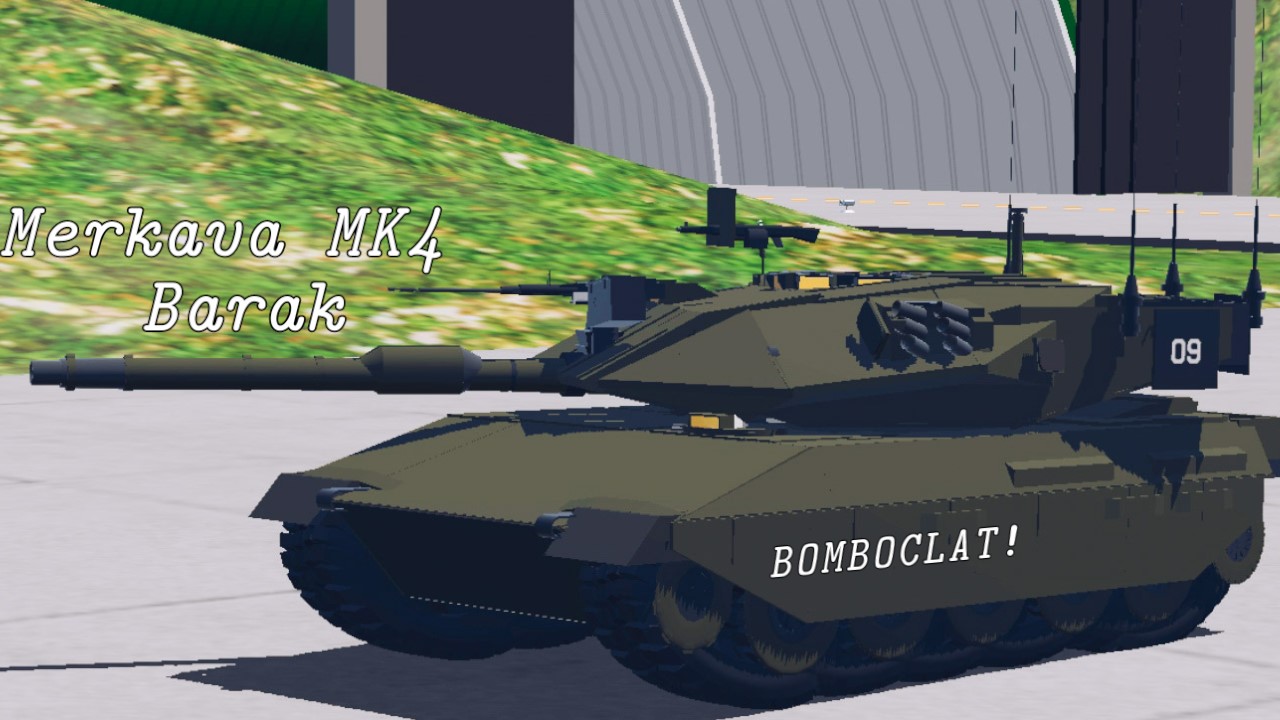
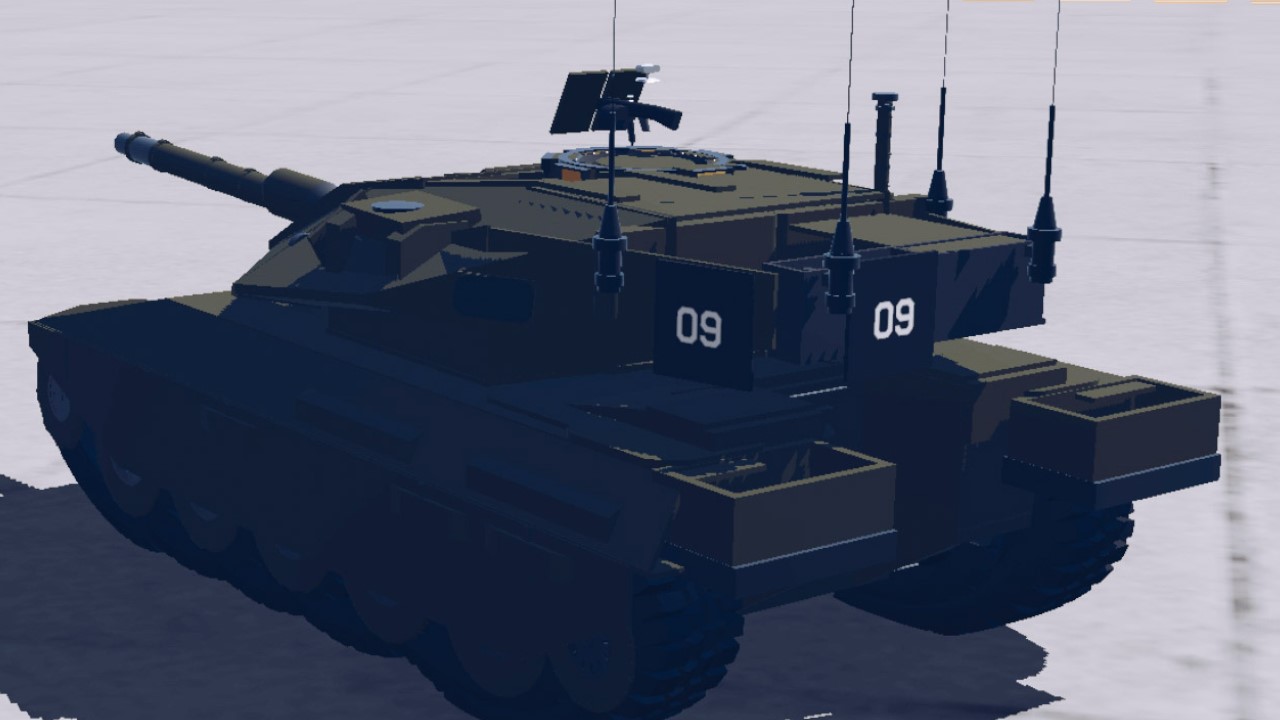
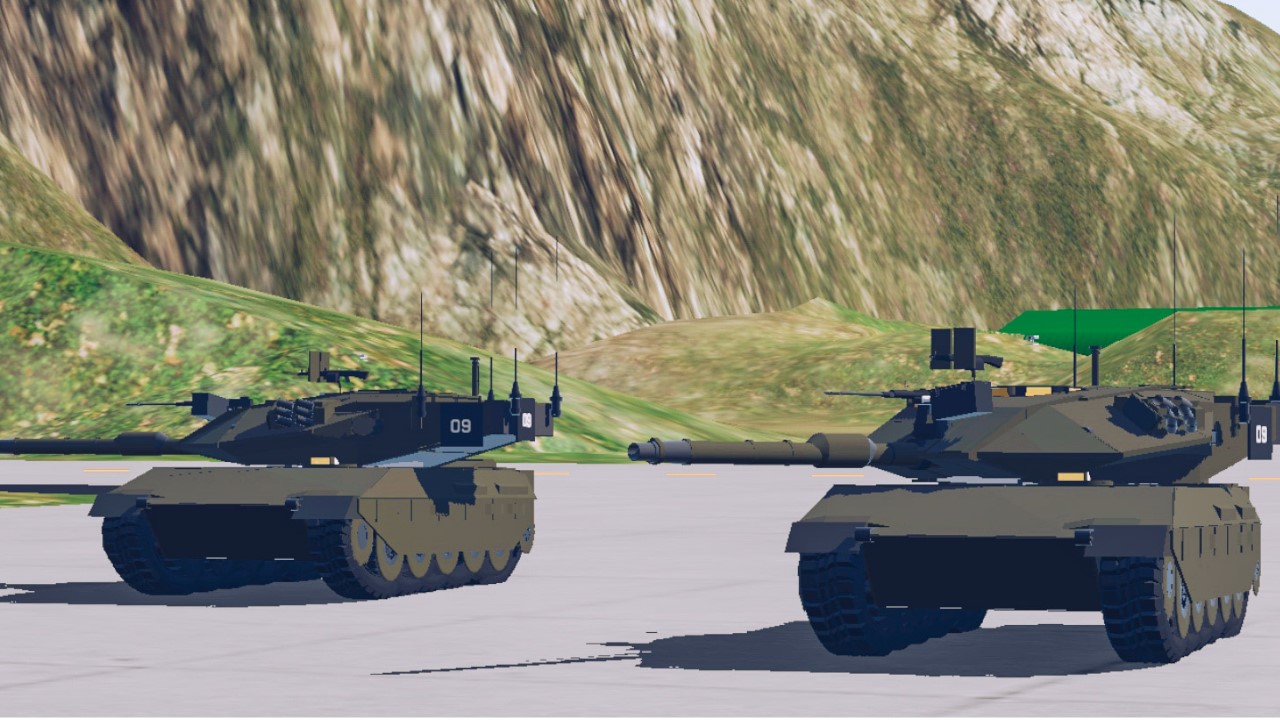
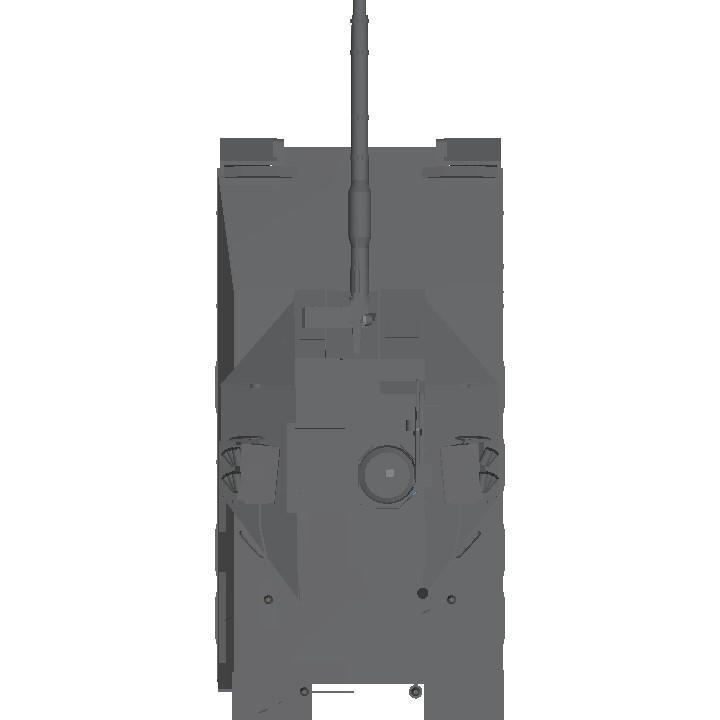
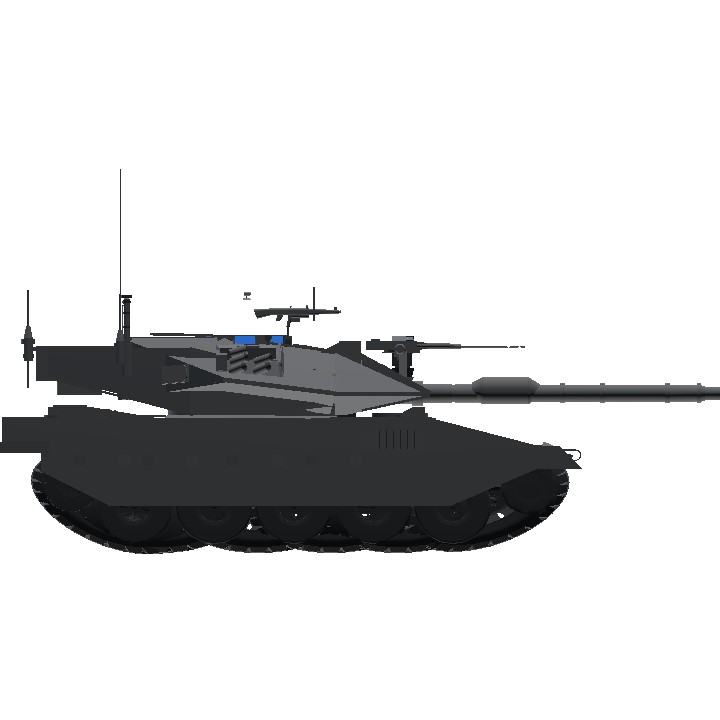
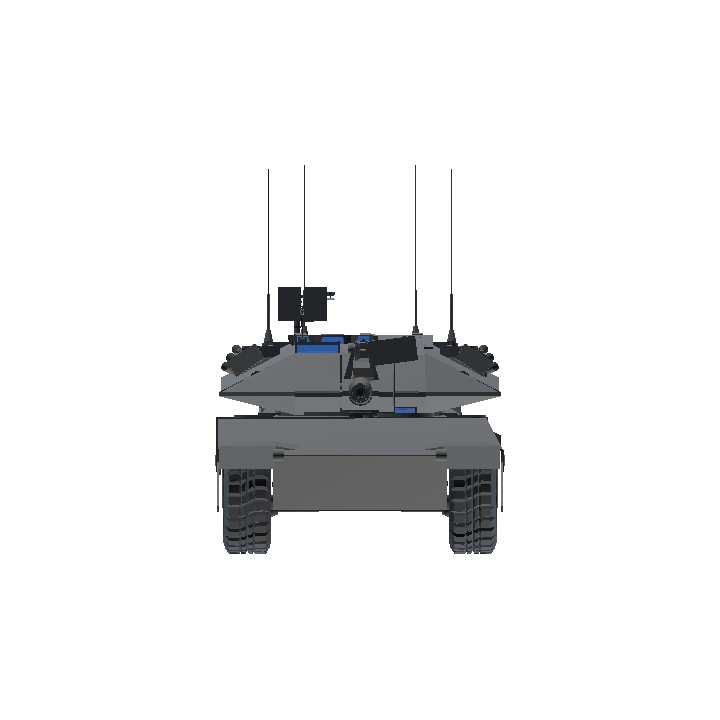
🔻
@Taboritsky forget about it not about to get political about ts again
@CorporalWojak Gaza
@Taboritsky how come?
One of the Sexiest MBTs out there
don't forget to put on the "no politics" warning since some people are goofy and mistook builds like this as "political"
nice build tho
@dekanii Thanks ( T▽T )👍🏻
@novaskytwt ay congrats for gold !!!!
@dekanii Yeah that's true but I find that the Merkava started to be really well protected from the MK3 version I think it's the most versatile tank and I personally find that it's better than the Abrams in terms of protection
id say its pretty advanced for its time
intergrated soft/hard kill APS, better composite armor, gun launched ATGM (unlike its western counterpart)
and it can even become an IFV, with the cost of reduced ammo load
@ShirakamiShimada yeah lack of budget...
@Taboritsky Bruh 🥀☠️
Icl merkava without add-on armor on the turret looks clean as hell
The tank is good, but the man who drives it is not.
@Panzerwaifu69 MI BOMBOCLA-
BOMBOCLAAT!!
@SchmooveBrain Thank you, that's kind(◍•ᴗ•◍)
I can tell you put a lot of passion into that description, not something you see very often, 10/10